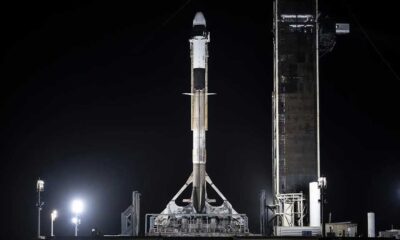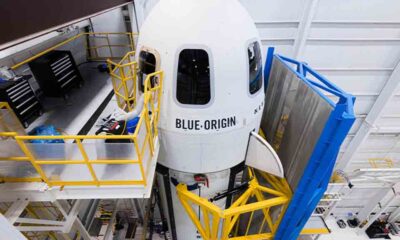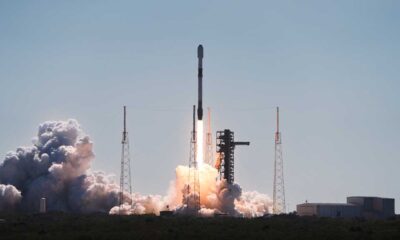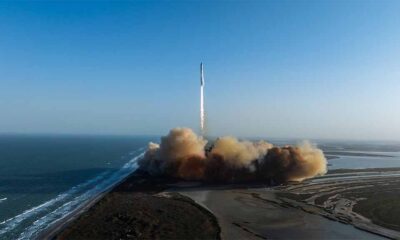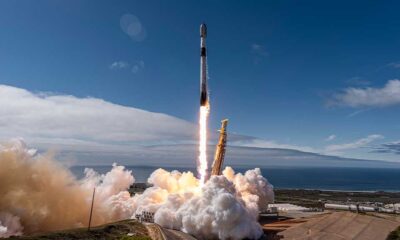SpaceX
Here’s everything you need to know about Third Starship Flight Test
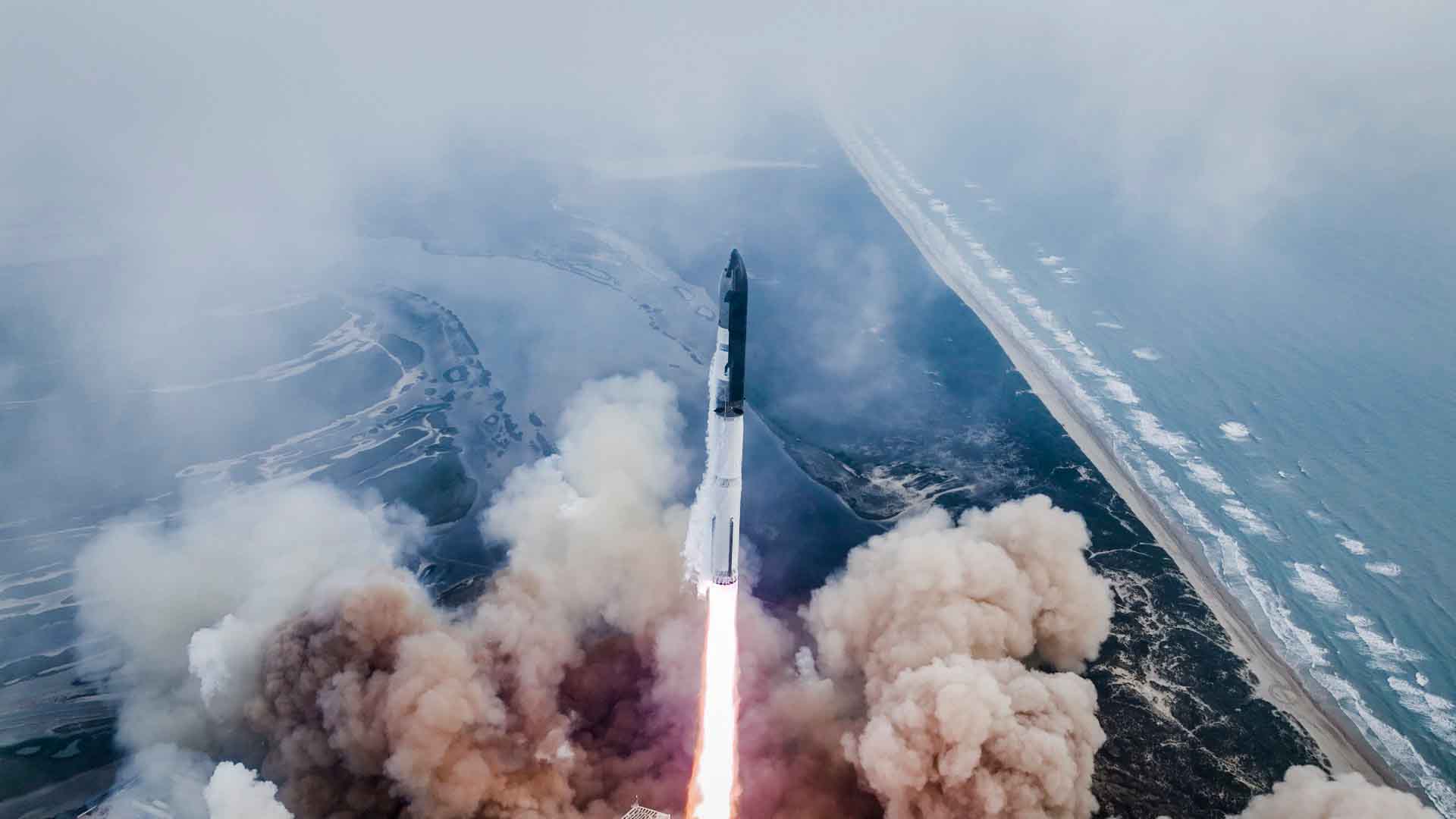
SpaceX has completed the third Starship flight test and here’s everything you need to know about the mission and how it went from liftoff to its ending.
The mission liftoff at 8:25 a.m. from Starbase in Texas and fired its 33 Raptor engines on March 14, 2024.
This was the second time when Super Heavy ignited all of its 33 Raptor engines. The integrated vehicle appeared stable as it lifted from the launch pad and completed a full-duration burn during ascent.
It performed a hot staging and separated the Super Heavy booster from the Starship spacecraft. Super Heavy stopped 30 out of 33 Raptor engines during separation, while 3 remained operational. Starship also ignited its 6 raptor engines to take the mission into orbit.
Post-separation, the booster performed a flip maneuver and completed its boostback burn to make a way toward the splashdown area in the Gulf of Mexico.
The booster also showed signs of moving flaps to achieve direction and fired several engines before disassembly. SpaceX revealed that the first stage lost at approximately 462 meters in altitude after 7 minutes into the mission.
Starship on the other hand continued its journey into orbit with its 6 raptor engines. This was the first time the Starship reached orbit and became the first large object of such mass to fly in space.
Starship spacecraft completed several milestones during its in-orbit flight including the following:
- Opening/Closing of its payload door (pez dispenser)
- Propellant transfer demonstration
The rocket company however didn’t attempt the on-orbit relight of a Raptor engine due to vehicle roll rates during coast.
The ship then re-entered Earth’s atmosphere for the first time at hypersonic speed. The live visual showed how the plasma shield absorbed the atmospheric velocity.
The third Starship test concluded while the spacecraft attempted to splash down in the Indian Ocean approximately 49 minutes into the mission.
SpaceX said that the company will review all post-flight data and share more details about the mission.

